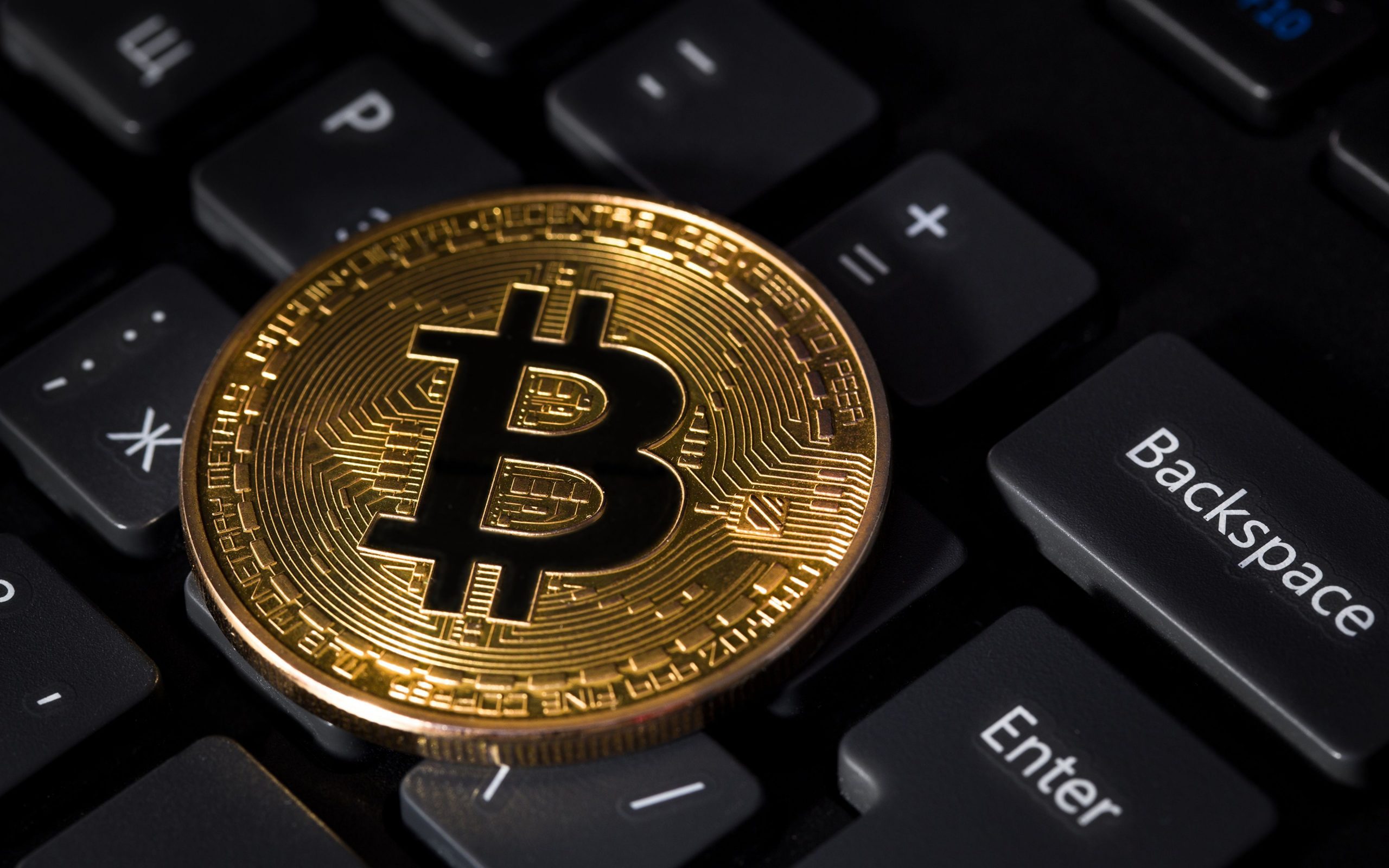Bitcoin Mixer & WHAT IS BITCOIN MINING?
Bitcoin mining is meticulous, exorbitant, and just inconsistently fulfilling. Regardless, mining has an attractive interest for some, financial specialists inspired by cryptocurrency because of the way that excavators are remunerated for their work with crypto tokens. This might be because enterprising sorts consider mining to be pennies from paradise, similar to California gold miners in 1849. Also, if you are innovatively disposed, why not do it? Onion Wallet and bitcoin mixer links are right here.
Bitcoin excavators get Bitcoin as compensation for finishing “blocks” of verified exchanges that are added to the blockchain. Mining rewards are paid to the miner who finds an answer for a complex hashing puzzle first, and the likelihood that a member will be the one to find the arrangement is identified with the part of the absolute mining power on the network. You need either a GPU (illustrations handling unit) or an application-specific incorporated circuit (ASIC) to set up a mining rig. Be that as it may, before you contribute the time and gear, read this explainer to see whether mining is truly for you. We will zero in basically on Bitcoin (all through, we’ll use “Bitcoin” when alluding to the network or the cryptocurrency as an idea, and “Bitcoin” when we’re alluding to a number of individual tokens).
The essential draw for some, mining is the possibility of being remunerated with Bitcoin. All things considered, you unquestionably don’t need to be a miner to possess cryptocurrency tokens. You can likewise purchase cryptographic forms of money using fiat cash; you can exchange it on a trade like Bitstamp using another crypto (for instance, using Ethereum or NEO to purchase Bitcoin); you even can procure it by shopping, distributing blog entries on stages that pay users in cryptocurrency, or even set up revenue acquiring crypto accounts. An illustration of a crypto blog stage is Steemit, which is somewhat similar to Medium aside from that users can remunerate bloggers by paying them in an exclusive cryptocurrency called STEEM. The Bitcoin reward that miners get is an impetus that persuades individuals to aid the main role of mining: to legitimize and screen Bitcoin exchanges, guaranteeing their legitimacy. Because these obligations are spread among numerous users everywhere in the world, Bitcoin is a “decentralized” cryptocurrency or one that doesn’t depend on any focal power like a national bank or government to administer its guideline.

HOW TO MINE BITCOIN
Miners are accomplishing the work of verifying the authenticity of Bitcoin exchanges. This show is intended to keep Bitcoin users genuine and was brought about by bitcoin’s author, Satoshi Nakamoto. By verifying exchanges, excavators are assisting with forestalling the “double spending issue.”
Double spending is a situation where a bitcoin proprietor unlawfully spends the equivalent bitcoin twice. With actual money, this isn’t an issue: when you hand somebody a $20 greenback to purchase a container of vodka, you presently don’t have it, so there’s no threat you could use that equivalent $20 note to purchase lotto tickets nearby.
If you were to attempt to spend both the genuine bill and the phony one, somebody that took the difficulty of taking a gander at both of the bills’ chronic numbers would see that they were the same number, and subsequently one of them must be bogus. What a Bitcoin miner does is similar to that—they check exchanges to ensure that users have not misguidedly attempted to spend the equivalent Bitcoin twice. This is anything but an ideal similarity—we’ll clarify in more detail beneath. Whenever excavators have verified 1 MB (megabyte) worth of Bitcoin exchanges, known as a “block,” those miners are qualified to be remunerated with an amount of Bitcoin (more about the Bitcoin compensation beneath too).
MINING AND BITCOIN CIRCULATION
Notwithstanding covering the pockets of excavators and supporting the bitcoin biological system, mining fills another crucial need: It is the best way to deliver new cryptocurrency into dissemination. Aside from the coins stamped by means of the beginning square (the absolute first square, which was made by organizer Satoshi Nakamoto), each and every one of that Bitcoin appeared because of excavators. Without excavators, Bitcoin as a network would even now exist and be usable; however, there could never be any extra bitcoin. There will ultimately come when Bitcoin mining closes; per the Bitcoin Protocol, the complete number of Bitcoin will be covered at 21 million. However, because the pace of bitcoin “mined” is diminished over the long haul, the last bitcoin won’t be coursed until around the year 2140. This doesn’t imply that exchanges will stop being verified. Miners will keep on verifying exchanges and will be paid in charges for doing as such to keep the trustworthiness of Bitcoin’s network.
HOW DO MUCH DO BITCOIN MINERS EARN?
The prizes for bitcoin mining are diminished considerably at regular intervals. Mining one square would acquire you 50 BTC. In 2012, this was split to 25 BTC. By 2016, this was split again to 12.5 BTC. In November of 2020, the price of Bitcoin was about $17,900 per Bitcoin, which means you’d acquire $111,875 (6.25 x 17,900) for finishing a block.3 Not an awful motivating force to take care of that intricate hash issue nitty gritty above, it may appear. If you need to monitor accurately when these halvings will happen, you can counsel the Bitcoin Clock, which refreshes this data progressively. Curiously, the market price of bitcoin has, since its commencement, would in general compare near the decrease of new coins went into the flow. This bringing down swelling rate expanded shortage and generally the price has ascended with it. If you are keen on perceiving the number of squares that have been mined so far, there are a few locales, including Blockchain.info that will give you that data progressively.

HOW TO BECOME A BITCOIN MINER
Bitcoin’s set of history people may have had the option to seek blocks with a normal at-home computer, this is not true anymore. The explanation behind this is that the difficulty of mining Bitcoin changes over the long haul. To guarantee the smooth working of the blockchain and its capacity to measure and verify exchanges, the Bitcoin network means to have one square created at regular intervals or something like that. Nonetheless, if there are 1,000,000 mining rigs contending to take care of the hash issue, they’ll probably arrive at an answer quicker than a situation in which 10 mining rigs are working on a similar issue. Thus, Bitcoin is intended to assess and change the difficulty of mining every 2,016 squares, or generally like clockwork. When there is additional processing power all things considered working to dig for Bitcoin, the difficulty level of mining increments to keep block creation at a steady rate. Less figuring power implies the difficulty level declines. To get a feeling of exactly how much figuring power is included, when Bitcoin dispatched in 2009 the underlying difficulty level was one.
Read More: Bitcoin Mixer And Dark Mixer Service From The Dark Web 2021
The entirety of this is to state that, to mine seriously, excavators should now put resources into amazing PC gear like a GPU (designs preparing unit) or, all the more, all things considered, an application-specific incorporated circuit (ASIC). A few excavators—especially Ethereum miners—purchase singular design cards (GPUs) as a minimal effort approach to cobble together mining tasks. The photograph underneath is a makeshift, homemade mining machine. The design cards are those rectangular squares with buzzing fans. Note the sandwich bend ties holding the design’s cards to the metal shaft. This is likely not the most productive path to mine, and as you can figure, numerous miners are in it as much for the fun and challenge with respect to the money.
BITCOIN MINING WITH STOLEN ELECTRICITY
Mining is paid to the excavator who finds an answer for the riddle first, and the likelihood that a member will be the one to find the arrangement is equivalent to the segment of the all-out mining power on the network. Members with a little level of mining power have a tiny potential for success of finding the following square all alone. For example, a mining card that one could buy for two or three thousand dollars would speak to under 0.001% of the network’s mining power. With a particular chance at finding the following square, it very well may be quite a while before that excavator finds a square, and the difficulty going up exacerbates things. The excavator may never recover their venture. The response to this issue is mining pools. Mining pools are worked by outsiders and facilitate gatherings of excavators. By working together in a pool and sharing the payouts among all members, miners can get a consistent progression of bitcoin beginning the day they enact their excavator.
As referenced above, the least demanding approach to get bitcoin is to just get it on one of the numerous trades. Then again, you can generally use the “pickaxe methodology.” This depends on the old saw that during the 1849 California dash for unheard of wealth, the brilliant venture was not to prospect, yet rather to make the pickaxes used for mining. Or then again, to place it in present-day terms put resources into the organizations that make those pickaxes. In a cryptocurrency setting, the pickaxe comparable would be an organization that fabricates gear used for Bitcoin mining. You may consider investigating organizations that make ASICs gear or GPUs all things being equal, for instance.

DANGER OFMINING BITCOIN
Bitcoin mining, and mining, by and large, is a monetary danger. One could experience all the exertion of buying hundreds or thousands of dollars worth of mining gear just to have no profit for their speculation. All things considered, this danger can be moderated by joining mining pools. If you are thinking about mining and live in a zone that is precluded you ought to reexamine. It might likewise be a smart thought to investigate your nation’s guideline and by and large assessment towards cryptocurrency prior to putting resources into mining hardware.




